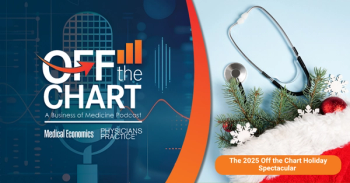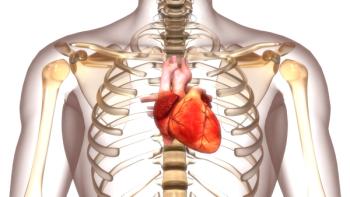
Calif. hospital adds palm vein ID technology
A California hospital system has implemented possibly the latest in patient identification and registration technology - a scanner that reads patients' palm vein patterns.
A California hospital system has implemented possibly the latest in patient identification and registration technology – a scanner that reads patients’ palm vein patterns.
To check in for visits, enrolled patients merely rest a hand on a cradle that’s attached to the scanner, which takes about 2 seconds to ID them after a palm scan. The hospital doesn’t require all patients to enroll in its palm-ID program, Reyes says.
The technology, which the hospital has dubbed its Patient Access Lifetime Match system, has helped ValleyCare streamline its patient registration process because staffers no longer must ask participating patients for picture identification, Reyes says.
Reyes expects the technology to help the hospital and its patients reduce the risk of being victimized by medical identity theft, as well as comply with new
The technology uses an infrared light to read a patient’s palm vein pattern, and then generates a “unique biometric template” that’s matched against a database of enrolled users’ palm vein patterns, according to a statement from Fujitsu, which markets the device.
“It’s great in terms of IDing patients in the emergency department who are unconscious or unable to speak,” Reyes says.
Most patients have reacted to the technology in one of two ways, according to Reyes. Younger patients typically are enthused by it and think it’s “cool and pretty high-tech,” whereas older patients sometimes react skeptically and express privacy concerns. Hospital staffers typically overcome those objections by stressing to patients concerned about privacy that the hospital doesn’t share the information with anyone, Reyes says.
ValleyCare is the third hospital in the U.S. to implement the palm scanning identification and registration technology, according to Fujitsu.
Newsletter
Stay informed and empowered with Medical Economics enewsletter, delivering expert insights, financial strategies, practice management tips and technology trends — tailored for today’s physicians.








